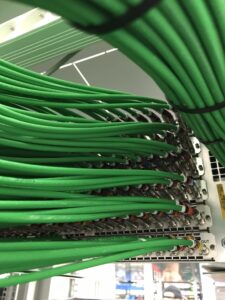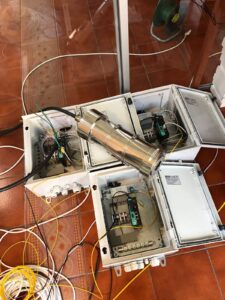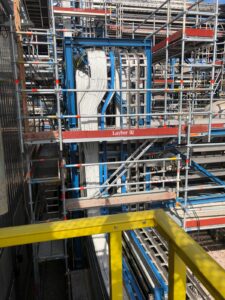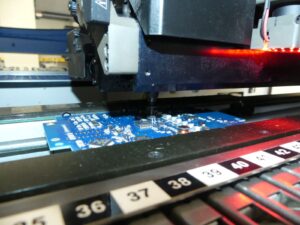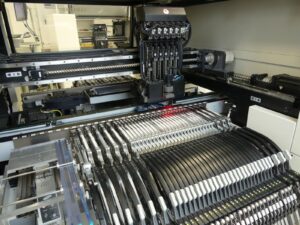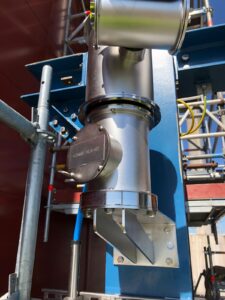
Customer / Company: Rafinery
Business area: Průmysl
Implementation deadline: Q2 / 2021
Author / Responsible person: Ondrej Manas
Creation date: Q2 / 2022
The goal of this project was to revitalize the camera system for monitoring the refinery's operational technologies and to expand it with additional functions. The new system replaced the inadequate outdated system, which consisted of several unrelated projects.
Due to the high demands for safe operation at the refinery, it was necessary to replace the original static analog cameras with new high-resolution IP cameras with PTZ control capabilities. Cameras were also installed in areas of operation that had previously not been covered, allowing for detailed monitoring by control room operators and security technicians.
The installation was carried out by a company with prior experience working in hazardous environments and appropriately trained employees.
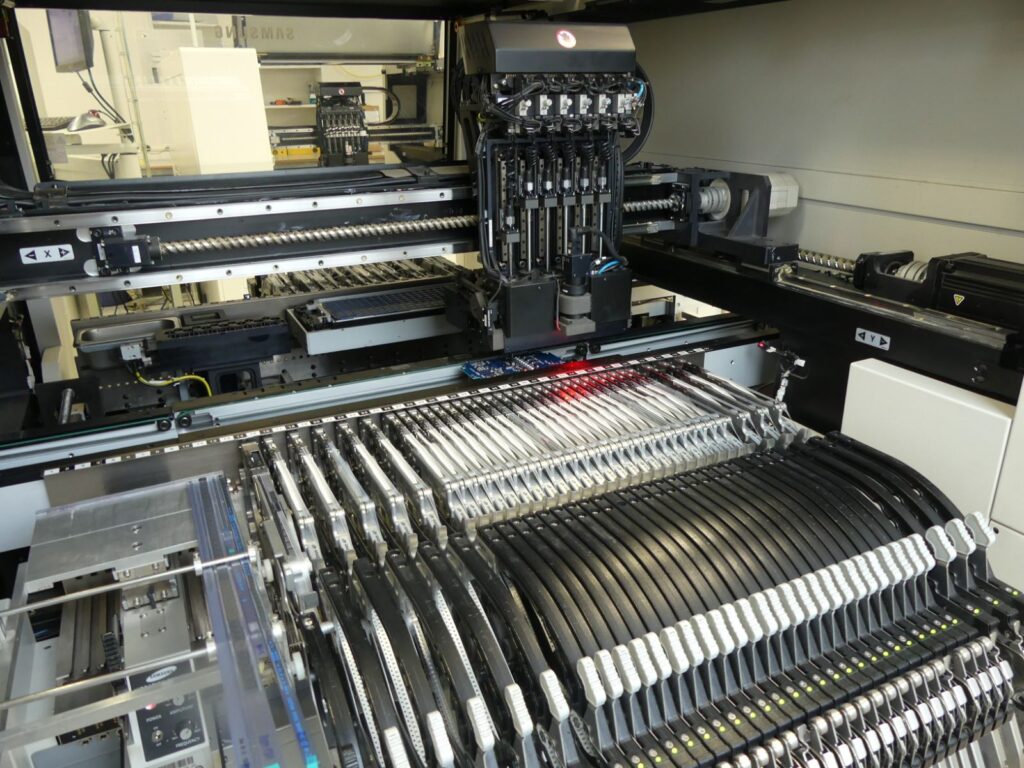
The end customer is a refinery that is responsible for processing petroleum products, producing fuels, and storing them. The project was specifically initiated by the production control room, which oversees operations.
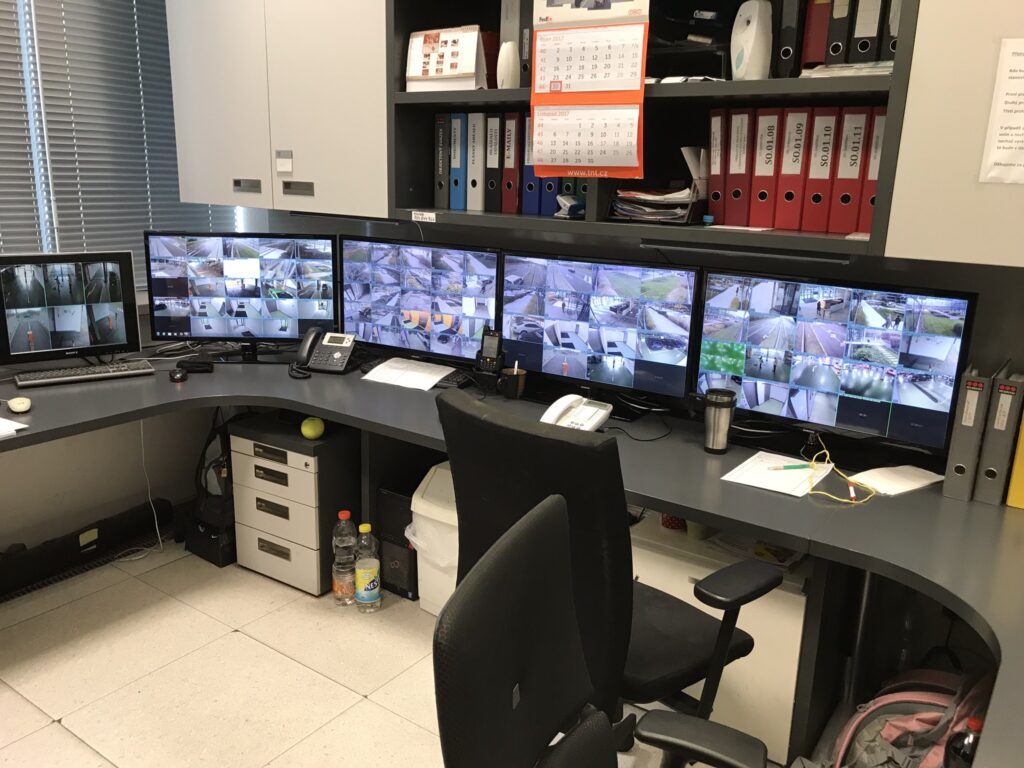
Given the hazardous environment of the refinery and the placement of electronics in explosive areas, it was necessary to choose appropriate cameras, network elements, and power supplies that comply with the ATEX directive.
Furthermore, the design paid attention to the network security of the system; the entire camera system is physically separated from the rest of the network. It was also ensured that the cameras were isolated from client stations and other devices.
Another requirement for the project was to prevent a "single-point-of-failure." The network is designed using the LAN-RING protocol, which guarantees an alternative path to devices and the functionality of the camera system without interruption in the event of a failure of any network component.
For operators, a workstation was created where each operator, in addition to operational monitors, has monitors for controlling the camera system. From these monitors, they have access to cameras in the area for which they are responsible. The display stations were designed to minimize noise and maintain the operators' focus in the control room.
Additionally, a crisis center workstation was newly established, allowing for monitoring of the entire refinery operation during emergencies.
Operators can control the display stations and camera rotation using a newly provided keyboard with a joystick.

The entire system was designed on the G-Core platform from the manufacturer Geutebruck, which provides professional servers for CCTV intended for 24/7 operation. This server stores recordings in a RAID array, allowing for disk failures without losing any footage.
The network infrastructure is built on industrial switches from Metel, which also supplied cabinets containing surge protection. Metel switches support the aforementioned LAN-RING protocol, enhancing the system's resilience to failures.
For operators, display stations were provided for operating 4 NEC monitors, designed for 24/7 use, with technology that reduces eye strain.
Four types of IP cameras were delivered for operation:



The project met the customer's requirements for revitalizing the camera system, focusing on simple and clear monitoring of the refinery's technological processes and improving the quality of images and recordings.
The display stations were configured to be easily adaptable to the operator's needs (camera scene layouts, camera control, etc.). Similarly, the newly created crisis center was designed with an emphasis on easy control of the camera system and quick access to views of specific parts of the refinery operation.
Innovation in the entire camera system also achieved an increase in network security and resilience against external attacks.
